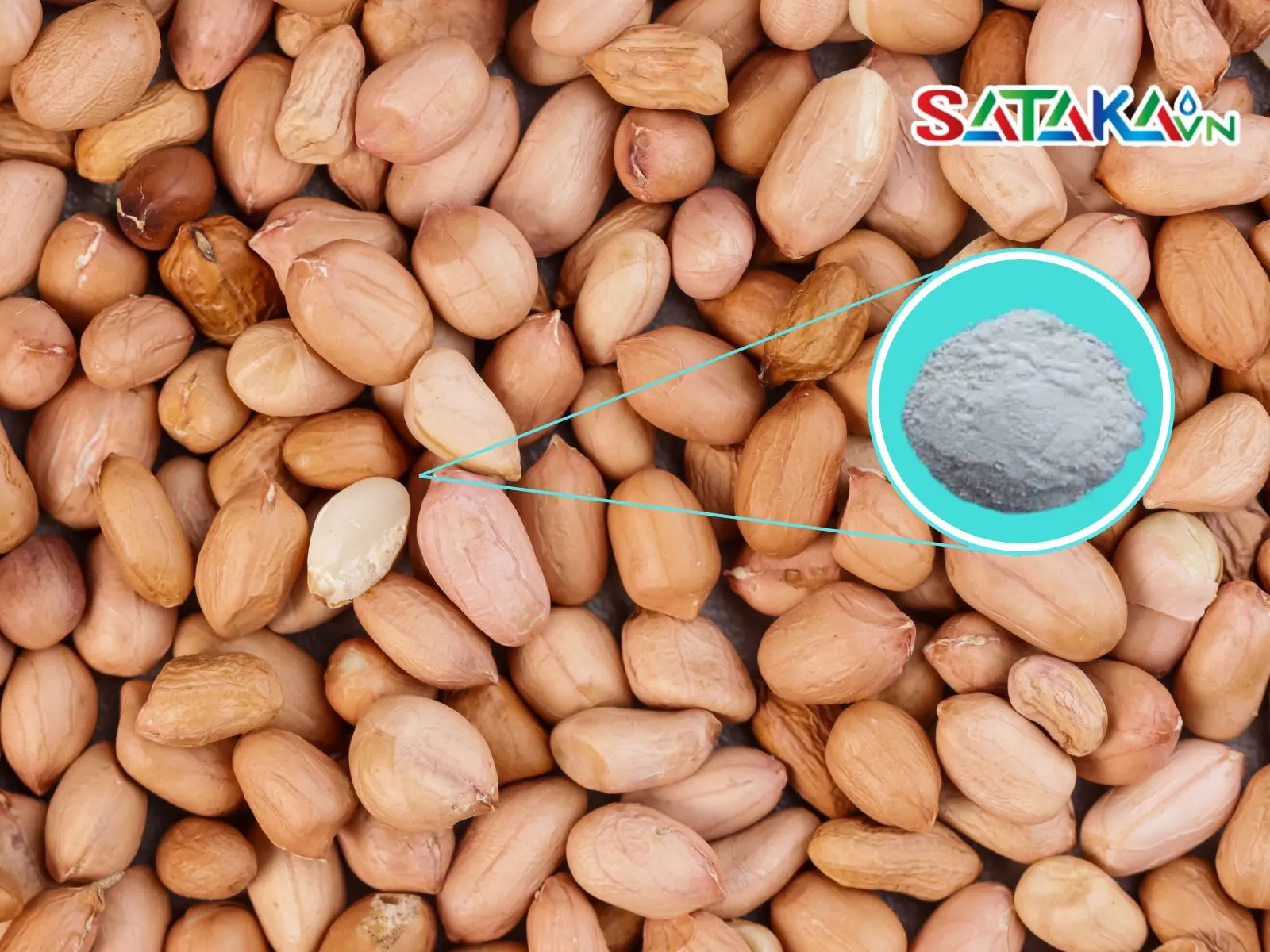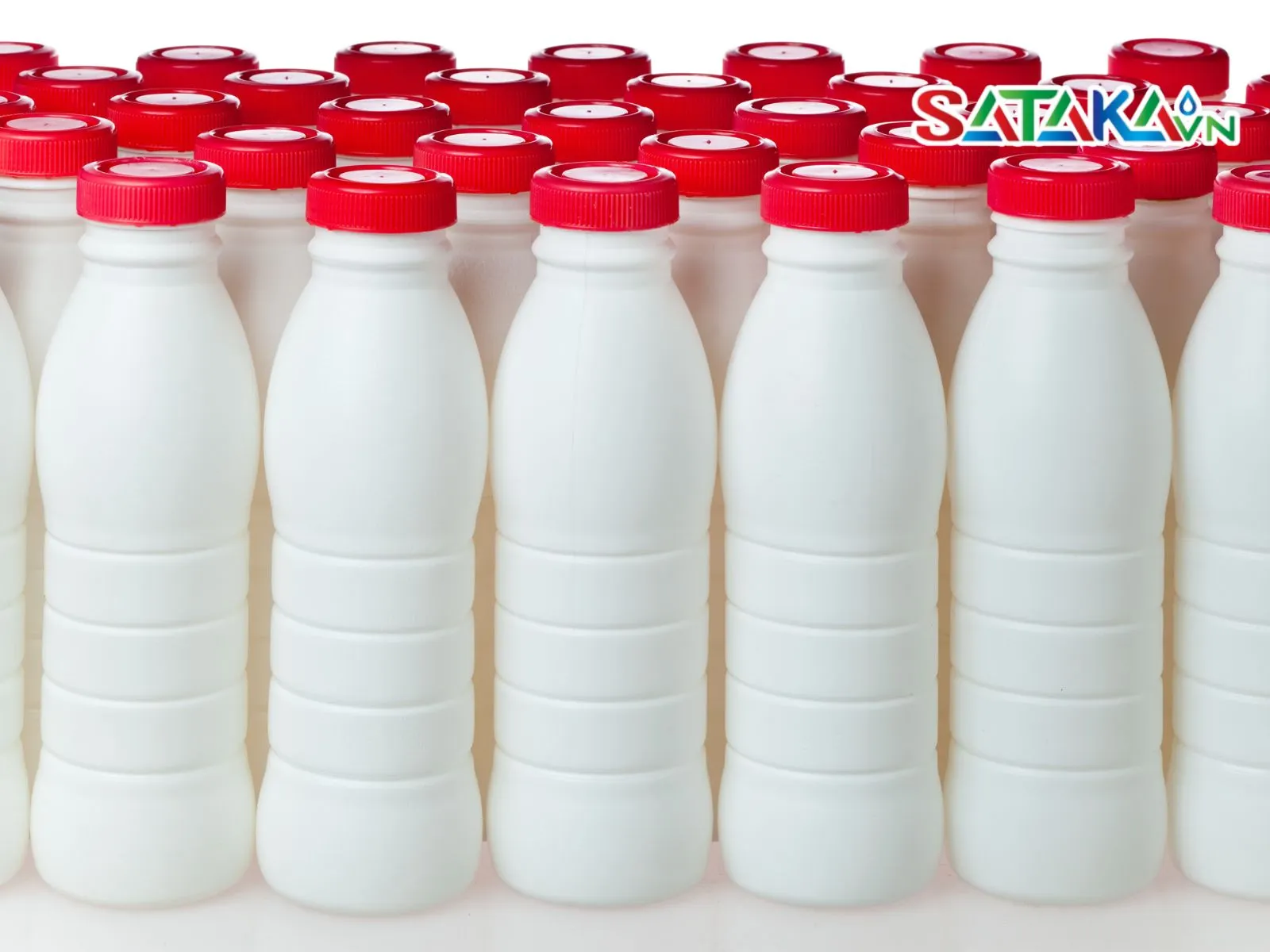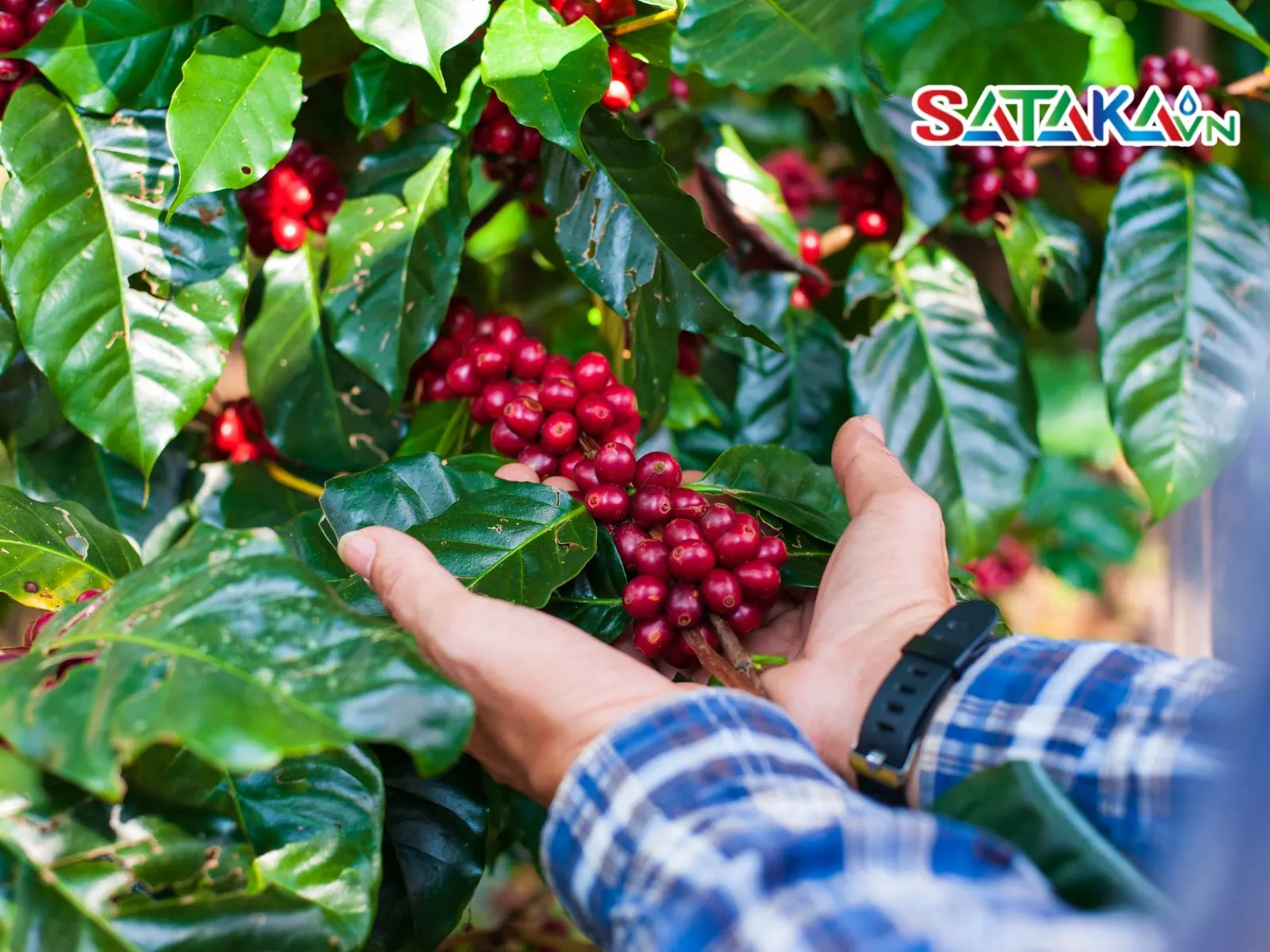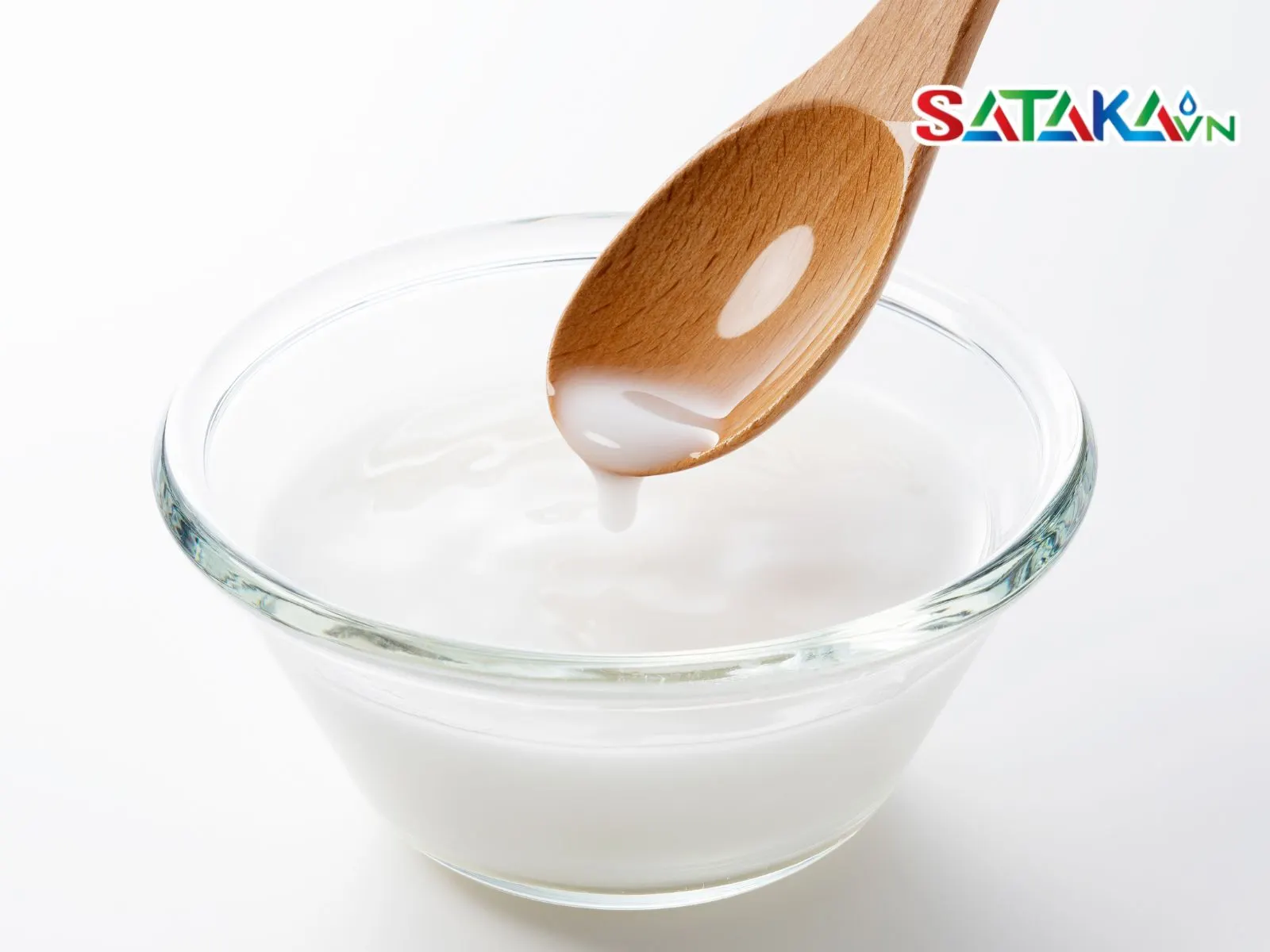Chlorfenapyr helps peanuts have smooth skin by effectively killing pests, ensuring quality and increasing peanut yield with optimal protection.
Chlorfenapyr Helps Peanut Seeds Brighten Skin
When cultivating peanuts, ensuring smooth peanut shells not only enhances their commercial value but also improves product quality. An effective solution to achieve this is the application of Chlorfenapyr. This substance aids in achieving smooth peanut shells by effectively eliminating pests and diseases while protecting peanut plants from harmful factors. With its advanced formulation and powerful mode of action, Chlorfenapyr has become a top choice for farmers and enterprises to maintain peanut quality and achieve optimal yields.
1. Effects of Chlorfenapyr on Peanut Quality
Chlorfenapyr is a standout active ingredient in improving peanut quality, particularly in achieving smooth peanut shells. When used correctly, it offers significant benefits to your agricultural products.

Effects of Chlorfenapyr
Peanut quality plays a crucial role in ensuring productivity and economic value. Chlorfenapyr helps reduce pests and mold, the two main factors that negatively impact peanut quality. By eliminating harmful agents, it protects peanuts from infestations, ensuring even growth and a smooth, polished appearance.
2. How to Use Chlorfenapyr for Smooth Peanut Shells
To achieve the best results with Chlorfenapyr and ensure smooth peanut shells, it is essential to follow the recommended dosage, timing, preparation methods, and safety measures. Below is a detailed guide:
2.1 Dosage, Timing, and Preparation
- Timing: Apply Chlorfenapyr during the vigorous growth stage of peanut plants and before visible symptoms of diseases emerge. The ideal time is when the plants mature, and flower buds start to appear. Spraying at this stage helps protect peanuts from the start, ensuring smooth shells at harvest.
- Preparation: Dilute Chlorfenapyr with water according to the product label instructions. Stir well to ensure complete dissolution.
2.2 Safety Measures During Application
- Wear Protective Gear: Use gloves, masks, and protective eyewear while mixing and spraying Chlorfenapyr to avoid direct exposure.
- Avoid Direct Contact: Prevent contact with skin, eyes, or inhalation of the spray. If contact occurs, rinse immediately with clean water and seek medical advice if necessary.
- Read Instructions Carefully: Always read and follow the product label instructions for usage and safety precautions.

Close the bottle cap tightly after use
2.3 Storage Guidelines
- Store in a Dry Place: Keep Chlorfenapyr in a cool, dry location away from direct sunlight. Ideal storage temperatures range between 5–30°C.
- Seal the Container Tightly: Always close the lid tightly after use to prevent evaporation or moisture exposure, which could reduce effectiveness.
- Keep Out of Reach of Children and Pets: Store Chlorfenapyr in a secure place to avoid unintended exposure.
These steps not only ensure effective use of Chlorfenapyr but also help protect your health and the well-being of those around you.
3. Advantages and Disadvantages of Using Chlorfenapyr
3.1 Advantages
- High Effectiveness: Chlorfenapyr is highly efficient in eliminating pests and mold, protecting peanut plants from harmful agents and ensuring high-quality, smooth peanut shells.
- Broad-Spectrum Action: It is effective against various pests and diseases that affect peanut plants.
- Environmentally Safe (When Used Correctly): When used as directed, Chlorfenapyr has minimal impact on human health and the environment. It decomposes quickly in the environment, reducing long-term ecological risks.

High initial cost
3.2 Disadvantages
- Strict Compliance Required: Effective and safe use of Chlorfenapyr requires adherence to strict guidelines on dosage, timing, and preparation. Misuse can lead to suboptimal results or negative effects on health and the environment.
- Potential Resistance Development: Like many pesticides, prolonged use of Chlorfenapyr can lead to pest resistance. To prevent this, rotate its use with other pesticides and implement integrated pest management practices.
- High Initial Cost: Chlorfenapyr may have a higher cost compared to other pesticides, which could be a consideration for farmers or businesses with limited budgets.
4. Who Should Use Chlorfenapyr?
- Peanut Farmers: To protect crops from pests and achieve smooth peanut shells.
- Agricultural Enterprises: To enhance product quality and reduce losses.
- Researchers: To evaluate effectiveness and provide recommendations to growers.
- Plant Protection Organizations: To manage pest outbreaks and ensure crop quality.
- Agricultural Engineers: To guide the use of Chlorfenapyr in pest management strategies.
5. Important Notes When Using Chlorfenapyr
To achieve optimal results and ensure safety, follow these recommendations:
-
Follow Usage Instructions
- Read the Product Label Carefully: Always follow instructions on dosage, timing, and preparation.
- Do Not Overdose: Excessive use can harm crops and the environment without increasing effectiveness.
-
Apply at the Right Time
- Spray During the Right Growth Stage: Apply Chlorfenapyr during the active growth phase and before visible symptoms of pests or diseases appear.
- Avoid Spraying Before Rain: Ensure the pesticide is not washed away and achieves maximum effectiveness.
-
Use Protective Measures
- Wear Protective Gear: Use gloves, masks, and goggles during preparation and spraying to protect your health.
- Avoid Direct Contact: Prevent the pesticide from coming into contact with your skin, eyes, or respiratory system. Rinse immediately if contact occurs.
-
Store the Pesticide Properly
- Store in a Dry, Cool Place: Keep Chlorfenapyr in a location free from moisture and away from direct sunlight.
- Seal the Container Tightly: Always close the container after use to maintain product quality.
-
Ensure Environmental and Health Safety
- Avoid Environmental Spillage: Prevent the pesticide from leaking into water sources or the surrounding environment.
- Monitor Effects: Observe your crops after application to detect and address any arising issues promptly.
-
Rotate with Other Pesticides
- Prevent Resistance Development: Use Chlorfenapyr alternately with other pesticides as part of an integrated pest management plan.

Observe the plants
6. Sataka – A Trusted Source for High-Quality Chlorfenapyr
Sataka is a reliable supplier of Chlorfenapyr, offering premium quality to meet the needs of farmers and agricultural businesses. With a molecular formula of C₁₅H₁₁BrClF₃N₂O and classified under toxicity group II, Chlorfenapyr is water-soluble and compatible with organic solvents. The product is renowned for its quick contact action, strong toxicity, and deep penetration, while remaining safe for various crops, including fruits, food grains, vegetables, and industrial plants.

Chlorfenapyr is soluble in water
In summary, Chlorfenapyr enhances smooth peanut shells and provides superior crop protection. Known for its effective pest control and crop safety, Chlorfenapyr is an essential tool in modern agricultural management. To achieve the best results and maintain product quality, choose Chlorfenapyr from reputable suppliers like Sataka and follow the recommended usage guidelines.




